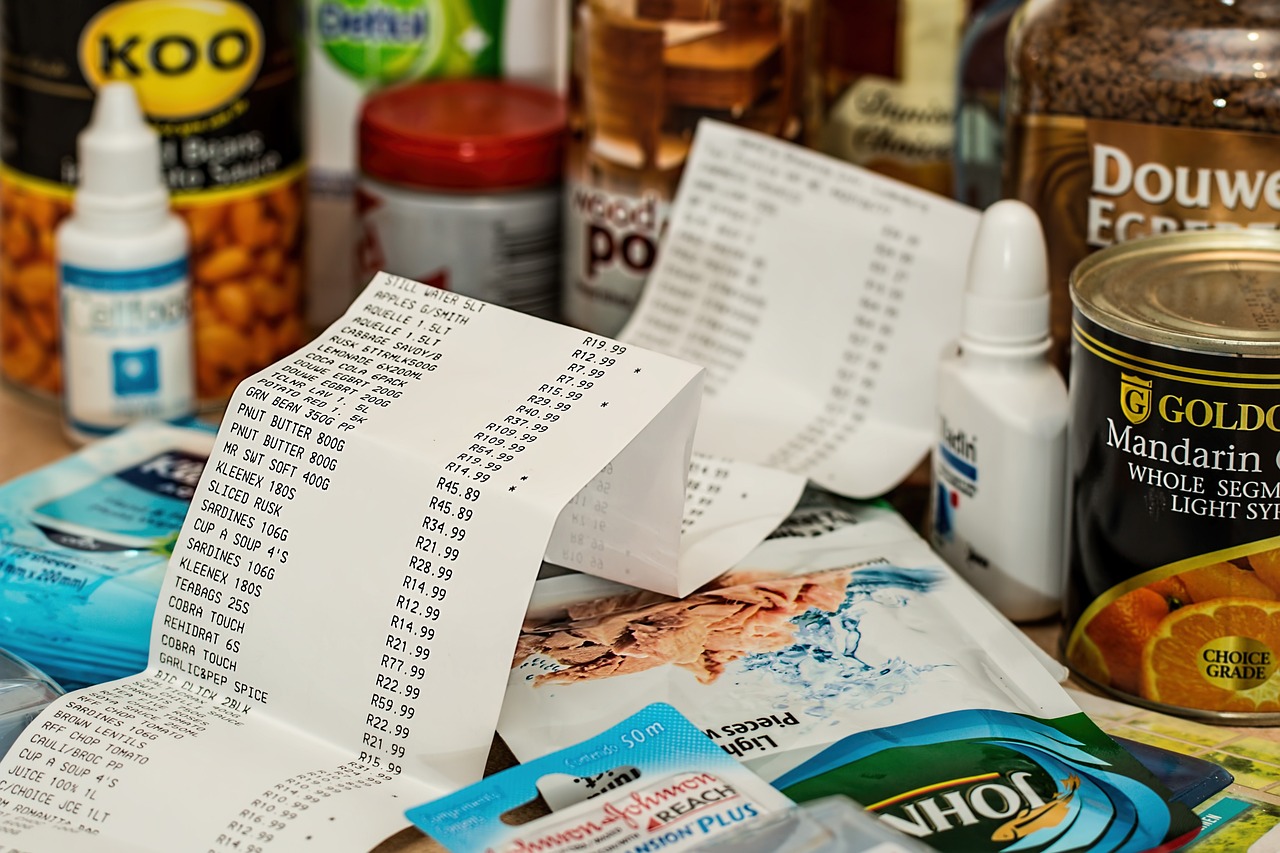
Daily Hydration: Expert’s Guide

Navigating Daily Hydration: Beyond the Eight-Glass Myth
As temperatures rise during the summer months, maintaining proper hydration becomes crucial for overall health and well-being. While the importance of drinking water is widely recognized, determining the optimal daily intake can be confusing. The common “eight glasses a day” rule has been a long-standing guideline, but is it truly the most effective approach for everyone?
How Much Water Do You Really Need?
The reality is that individual hydration needs vary significantly based on a multitude of factors. These include:
- Body Size: Larger individuals generally require more water than smaller individuals.
- Activity Level: Physical activity, whether through an active job or regular exercise, increases fluid loss through sweat, necessitating higher water intake.
- Climate: Hot and dry climates promote greater fluid loss, requiring more diligent hydration efforts.
- Health Status: Certain medical conditions can affect fluid balance and hydration needs.
- Altitude: Higher altitudes can lead to increased respiration and fluid loss.
- Medications: Some medications can have diuretic effects, increasing the need for water.
- Gender: On average, men tend to have higher fluid needs than women.
Debunking the Eight-by-Eight Rule
The widely cited “eight-by-eight” rule, which recommends drinking eight 8-ounce glasses of water daily (totaling 64 ounces or approximately 1.9 liters), has surprisingly little scientific backing. While adhering to this guideline isn’t inherently harmful, it may be insufficient for some and excessive for others.
It can be a helpful starting point for those seeking a simple hydration goal. However, it shouldn’t be considered a universally applicable standard.
Understanding Adequate Intake
Instead of relying solely on the eight-by-eight rule, a more personalized approach involves considering the “adequate intake” of water. This encompasses water from all sources, including beverages like milk, sports drinks, tea, and even coffee, as well as the water content of fruits, vegetables, and other foods.
The general recommendation for adequate intake is approximately 15.5 cups (3.7 liters or 125 ounces) for men and 11.5 cups (2.7 liters or 91 ounces) for women. However, these figures should be adjusted based on individual circumstances and health conditions.
Situations That Demand Increased Hydration
Certain situations necessitate a higher daily water intake:
- Active Occupations: Individuals with physically demanding jobs, especially those working outdoors, require more water to compensate for increased sweating.
- Regular Exercise: Engaging in regular exercise, regardless of the intensity or weather conditions, leads to fluid loss that must be replenished.
- Hot Climates: Living in a hot climate accelerates fluid loss through perspiration, making adequate hydration crucial.
- Pregnancy and Breastfeeding: Pregnant and breastfeeding women need increased water intake to support physiological changes and breast milk production.
Recognizing the Signs of Dehydration
Paying attention to your body’s signals is crucial for maintaining optimal hydration. Key indicators of dehydration include:
- Dark Urine: The color of your urine is a reliable indicator of hydration levels. Aim for light yellow urine, avoiding both overly clear (overhydration) and dark yellow or amber (dehydration).
- Dry Mouth and Chapped Lips: These are common symptoms of dehydration.
- Muscle Cramps: Dehydration can contribute to muscle cramps.
Practical Hydration Strategies
Several strategies can help you increase your daily water intake:
- Drink When Thirsty: While some experts caution against waiting until you feel thirsty, others advocate for listening to your body’s natural cues.
- Hydrate Around Meals: Drinking a glass of water before and between meals can establish a consistent hydration habit.
- Calculate Based on Body Weight: A simple guideline is to drink half your body weight in ounces of water daily. For example, a 150-pound person would aim for 75 ounces.
- Keep Water Visible and Accessible: Having water readily available serves as a visual reminder to drink throughout the day.
- Integrate Hydration into Daily Routines: Incorporate water intake into existing habits, such as drinking a glass upon waking, after meals, or before leaving the house.
- Use Hydration Apps: Apps that send reminders to drink water can be helpful.
Ultimately, finding the right hydration strategy is a matter of experimentation and personalization. By paying attention to your body’s signals and adopting practical habits, you can ensure adequate hydration and support your overall health and well-being. If you are experiencing chronic fatigue, lightheadedness, headaches, or other signs of dehydration, you may want to consult with a healthcare professional.








